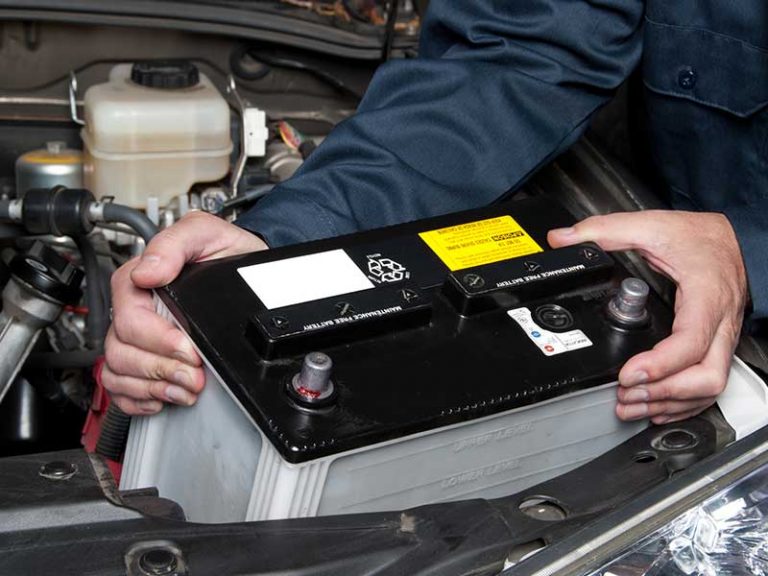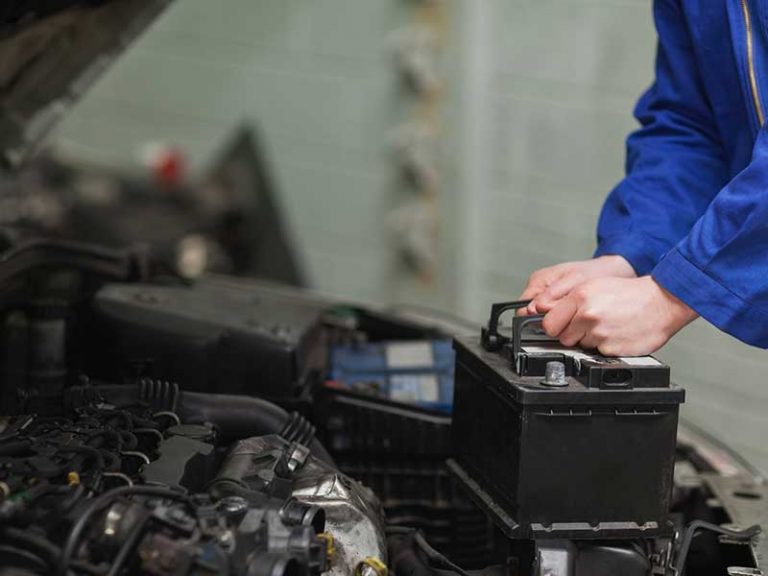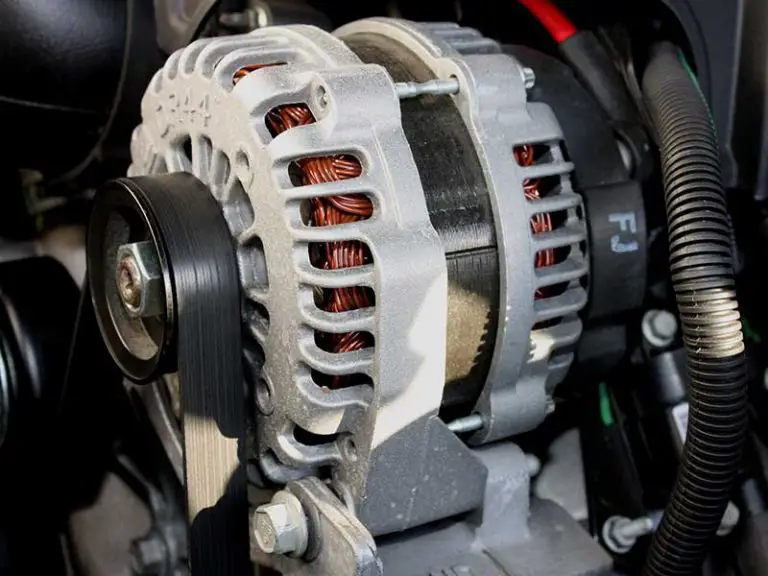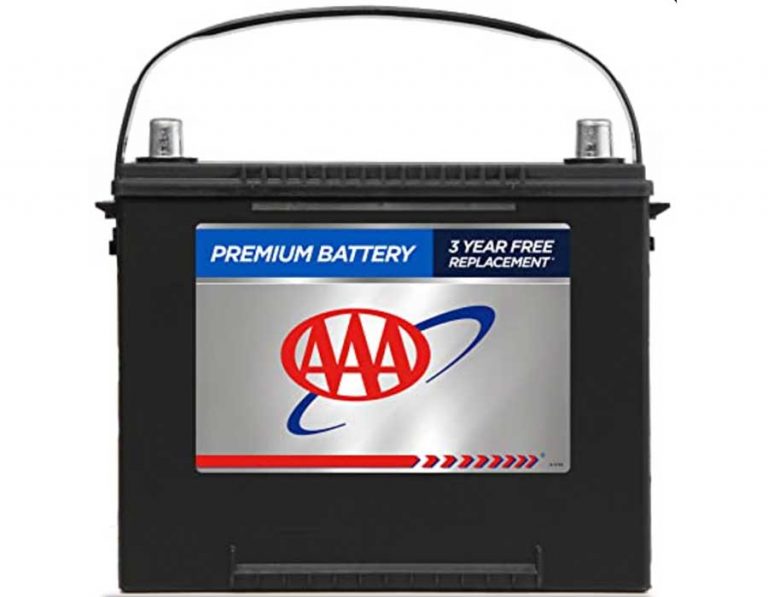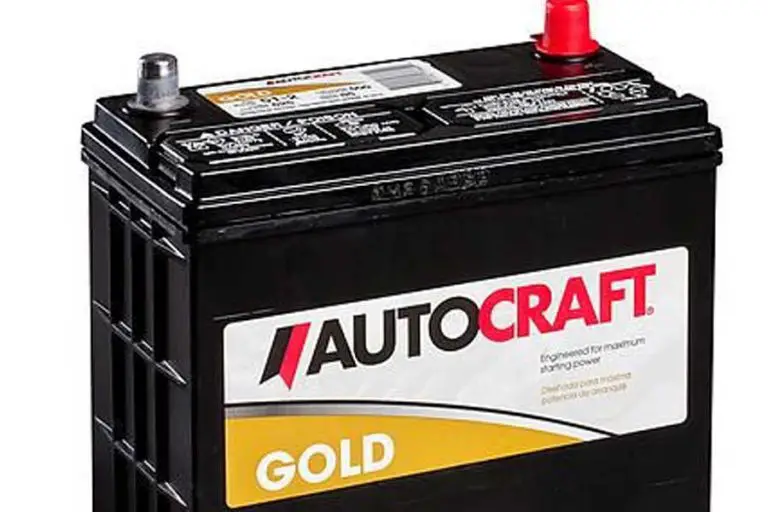Battery Reconditioning with Everstart Maxx Battery Charger
Battery reconditioning is the process of reviving a dead battery back to full health and function by activating the dead battery cells back to capacity. It brings the battery back to full charging capacity and standard electrolyte levels.
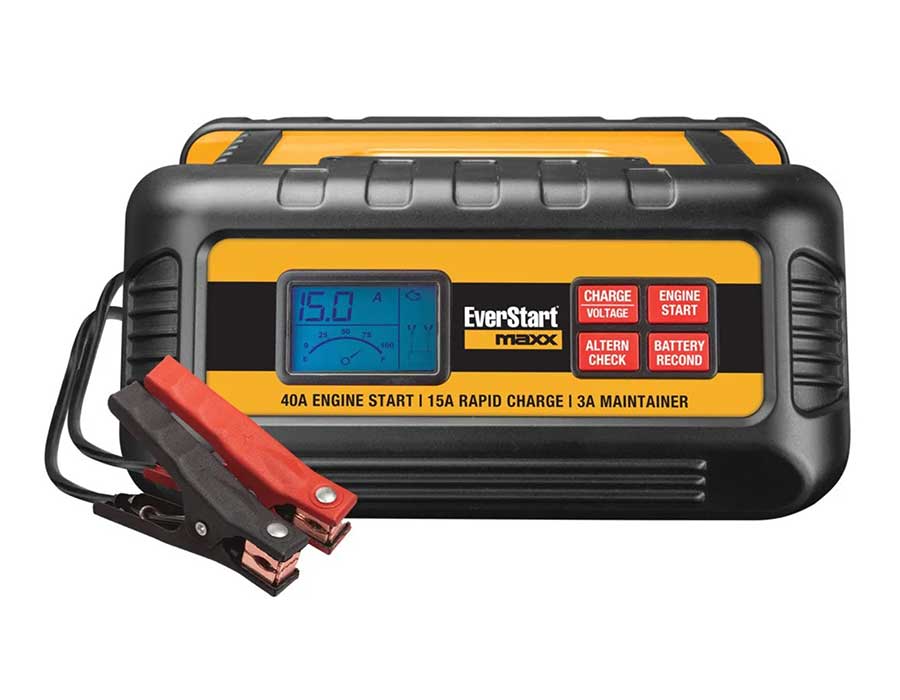
What Are the Benefits of Reconditioning a Battery?
Although reconditioned batteries are not as effective as new ones, there are benefits of using a reconditioned battery, especially in terms of cost and durability. Here are some pros and reasons you should consider using a reconditioned battery:
Reconditioned Batteries Last Longer
Reconditioning your car battery can increase its lifespan and get a few more months or years in. Of course, a new battery lasts longer than an old reconditioned one, but the point is that reconditioning your battery can help you use your old battery for a bit longer before disposal. Ensure to get the battery professionally reconditioned, so it is properly done to make your battery last.
Saves Cost
If you cannot afford a new battery at the time, you can always opt for a reconditioned battery. Although it cannot last for as long as a new battery, you can use a reconditioned battery as a placeholder until you get a new replacement. It is cheaper to do- and you can do it yourself if you would rather save money on a technician.
Compatible With Your Car
There are car battery brands that are pretty hard to find; if that is the case with yours, instead of discarding the battery, you can use it until you get another compatible one. Reconditioning your battery comes in handy for emergencies.
Reconditioning Makes Your Battery Reliable
Even if your battery is not in the best state, reconditioning the battery can make it work as well as new. If it is professionally done, it can provide just as much energy as a new replacement, however not for the same length of time.
It Is Better for The Environment
Batteries are toxic to the environment, and not everyone practices safe disposal. Reconditioning protects the environment from pollution through the reuse practice. Reconditioning reduces the number of discarded batteries in general.
Why You Should Recondition Your Car Battery
A lead acid battery works by converting chemical reaction between its plates and the acid solution to electrical energy, which it supplies to the car components. When this reaction happens and the battery discharges, lead sulfate crystals form around the battery plates and terminals and go off when recharged, but not all of the crystals go off. This residue of left-behind lead sulfate crystals accumulates and affects the battery’s capacity. Reconditioning restores the battery’s capacity by removing the excess residue of lead sulfate crystals that have formed in the battery cells and refreshing the electrolyte solution.
How To Recondition a Lead-Acid Car Battery with Everstart Maxx Battery Charger (Step by Step)
It is best to let a technician handle battery reconditioning, but it is something you can do by yourself using the following steps:
- Prepare the cleaning solution
- Clean the corrosion buildup
- Empty the battery cells
- Clean the battery cells
- Replace the electrolyte
- Recharge the battery
- Test for voltage and loading
You would need some tools and ingredients to get this process done:
- Distilled water
- Baking soda
- Epsom salt
- Safety gear (goggles, overalls/apron, safety gloves)
- Wire brush, steel wool, or terminal cleaner
- Funnel
- A container, e.g., a bucket
- Everstart Maxx Battery charger
- Voltmeter or Multimeter
Make sure you are suited up before starting the process, and the area is well ventilated, preferable in an open area.
Step 1: Check the Battery Voltage
Checking the voltage is the first step to confirm if it needs to be reconditioned at all. Use the voltmeter, or multimeter, which is set to voltage, to measure the battery voltage by touching the battery terminals with the corresponding probes of the meter (negative to negative, positive to positive). The expected voltage is from 10V to 12.6V. A standard 12 volts car battery consists of six cells of 2.1V each, so the reading is expected to be 12.6V. Anything less than 10V when you test the battery means it is dead and should be replaced- not reconditioned.
Step 2: Prepare the Cleaning Solution
Mix the baking soda and distilled water thoroughly to form a paste. Making sure it is distilled water, tap water, or mineral water would only cause damage to the battery due to the trace material they continue.
Step 3: Clean the Battery Terminal
Detach the cables, the negative terminal first followed by the positive terminal, then use a wire brush or steel wool to apply the cleaning solution or baking soda mix to the terminals. Scrub clean, rinse and wipe dry.
Step 4: Empty the Battery Cell
Take off each battery cap and set them aside for later, then carefully empty the electrolyte into a container, such as a bucket. If you have a sealed car battery, use a screwdriver to pry off the cover and empty the battery cells. When the acid is all emptied, add about 500g of baking soda into it. The purpose of adding baking soda is to neutralize the acid solution.
Step 5: Clean Each Battery Cell
Fill each battery cell with a battery cleaning solution. Shake the cell thoroughly for about 60 seconds, and empty it into the container. For easy filling, use a funnel to direct the flow of the fluid.
Step 6: Add Fresh Electrolyte
Mix 120g of Epsom salt in 1 liter of distilled water. Mix it properly until it is completely dissolved- you can heat the water for the salt to dissolve quicker. Pour the mixture into the battery cells, cover, and shake thoroughly to distribute the salt uniformly.
Step 7: Recharge the Battery
Connect the Everstart Maxx Battery charger to the terminals and set it to charge at a reduced current of 12 volts to 2 amps. Charging at a lower current breaks the lead sulfate crystals down with the Epsom salt mixture. Keep the charger in for 24-36 hours. Uncap the cells again because the electrolyte can overflow while you charge.
Step 8: Test for Voltage Level and Loading
Disconnect the charger and test the battery using a voltmeter or multimeter set to measure voltage. The reading should show 12.42 volt thereabout; if it is lower, reconnect the battery charger for an extra 12 hours.
Install the battery into the car, start the engine, then switch on the headlight to check for loading. A reading of 9.6 volts is fair, meaning the battery is suitable for use. You can also make use of a load tester to check load capacity. This is the final step, after which your battery should function properly.
Everstart Maxx Battery Charger Review
Everstart chargers are one of the most efficient in the market. It can bring a near-dead battery back to life. Here are the pros and cons of Everstart Maxx chargers:
How To Use an Everstart Maxx Battery Charger
- Ensure the charger is unplugged and turned off
- Connect the positive clip to the positive terminal of the battery. The positive clip is marked red.
- Place the negative clip (black) away from the engine frame as much as possible.
- Keep the battery away from the charger and plug it in to charge. A light on the charger will indicate that the battery is being charged. Unplug the charger and keep it in a cool, dry place when the light changes or goes out.
How Long Does It Take to Fully Charge a Car Battery Using a Charger?
The charging duration depends on the running amperage of your charger and the amp hours rating of your car battery. A regular car battery with charge amps of 4 to 8 amperes will take around 12 to 24 hours for a full charge. The best way to charge your car battery is to trickle charge. Trickle charge takes more time to get your battery to a full charge, but it is the safest way.
FAQs
What Is the Difference Between Reconditioning and Charging?
Battery reconditioning is restoring the capacity of a battery by cleaning and revamping it. The charging means boosting the battery for some time to get the energy up. Charging is simpler while reconditioning requires a skilled technician or a much longer process and materials.
Should Reconditioning Be Done Frequently?
Reconditioning your battery many times degrades the battery with every try. It is not recommended that you recondition your battery more than twice. Also, do not recondition your battery if the voltage is lower than 9.6 volts.
How Long Should a Car Battery Last?
A new battery can last for up to six years if well maintained. Reconditioning your battery can add an extra year or two to the lifespan of your battery. Repeating the process a couple more times can give it another year or more before it finally packs up.

